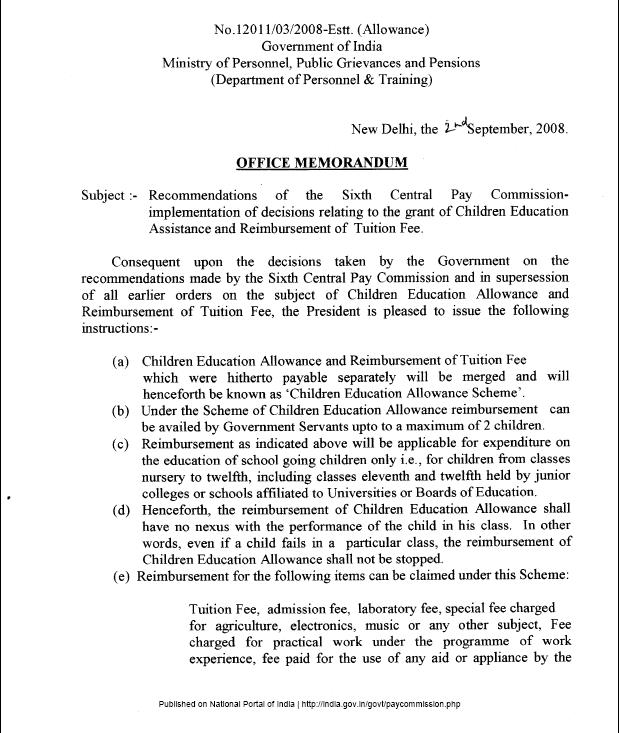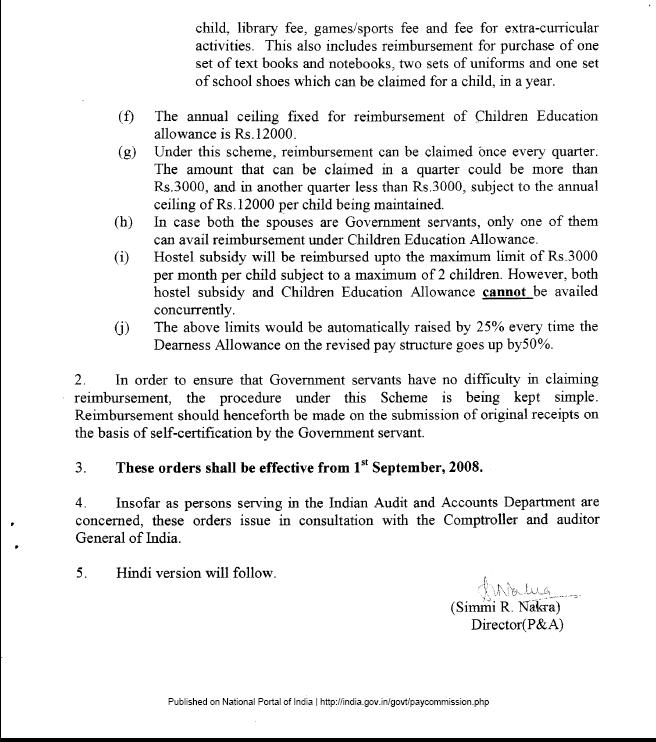Swaminomics pushes the voucher idea
Following is from http://timesofindia.indiatimes.com/Columnists/SA-Aiyar-An-open-letter-to-Kapil-Sibal/articleshow/4653435.cms.
SWAMINOMICS
Back to school: An open letter to Kapil Sibal 14 Jun 2009, 0031 hrs IST, Swaminathan S Anklesaria Aiyar
Dear Kapil Sibal,
… for truly inclusive growth we must focus on improving basic education for the poor and historically disadvantaged classes. Poor people send their kids to government schools, but hardly any teaching takes place there, and the teachers are protected from disciplinary action by powerful trade unions. No chief minister dares antagonize these unions. Richer students supplement schooling with private tuitions, but this is unaffordable by poor students, who end up functionally illiterate after years of schooling. Lakhs of crores spent on education are wasted.
School vouchers can be one way forward. Parents can get outright grants per child in the form of school vouchers, which are redeemable only for expenses in a government or private school. Vouchers will empower poor people through choice in schools, just as democracy empowers them through choice in politics. Competition with private schools will improve government schools, just as competition from private airlines and banks have improved service in government airlines and banks.
But teachers’ unions hate competition or accountability, and oppose school vouchers. They also point out that the results of school vouchers in western countries have been mixed. In some states in the US, voucher students perform no better than those in government schools. In Sweden, on the other hand, voucher students fare distinctly better.
But in those countries, government teachers actually teach. This, alas, is not the case in India. And so desperate urban slum families are pulling their children out of free government schools and sending them to private schools, at great financial sacrifice. These private slum schools are hardly of high quality, yet are better than government schools having highly qualified teachers but little teaching. The very fact that slum-dwellers are sending kids to private schools in large numbers is the best evidence that private schools are better, whatever may be the experience in the US or Europe.
In Delhi, the Centre for Civil Society has started a small project offering school vouchers worth Rs 3,600 per year to 408 children. An independent evaluation shows that voucher children perform better in standardized tests than comparable children in neighbouring government schools; that parents find the teaching and infrastructure better in private voucher schools than government schools; and that over half the poor beneficiaries will be forced to send their children back to government school if the vouchers are withdrawn. This shows that vouchers are badly needed by the poor, and yield better results too.
The Delhi scheme is tiny. Some chief ministers have sought other ways to try and scale up vouchers. In Rajasthan, the former BJP government sought to persuade government teachers to start private schools, for which students would be given vouchers. Unsurprisingly, this failed to find many takers.
So, Kapil Sibal, let me propose an alternative. You should launch a pilot project, making funding available to states who are interested, and scale up after removing the inevitable glitches. The project should offer school vouchers to urban children of disadvantaged minorities — Dalits, tribals and Muslims. Only urban areas have multiple schools within walking distance of every locality, and that is a necessary condition for real choice.
Teachers’ unions will oppose this idea too. But their opposition will be muted since the benefits are limited to a small, historically disadvantaged section of the population. Besides, the idea will be supported by vote-banks of Dalits, tribals and Muslims, all of whom are wooed by politicians. Chief ministers will find it worthwhile to take on trade unions only if they are compensated by support from substantial vote banks.
In the Delhi scheme, activists spread information about vouchers in areas with 12 lakh citizens, of whom 1.2 lakh applied for vouchers. The vouchers were awarded through a draw of lots to a lucky few. Although only 408 children benefited, the project enthused over a lakh households, a number high enough to qualify as a vote-bank, and so interest politicians.
Teachers will see this as the thin end of the wedge, and launch agitations. One form of compromise could be to offer vouchers at least to girls from Dalit, tribal and Muslim families. Even the most cynical unions may feel ashamed of denying benefits to the most oppressed gender among the most oppressed classes.
Kapil Sibal, your new government is committed to affirmative action for the historically disadvantaged. This can be an excellent launching pad for school vouchers. Do not waste the opportunity.
I have written about this approach in the past. I think its time has come. An interesting fact not mentioned in the above article is that in many private schools teachers are paid less but the students do much better. A good example is the Sarasawti Sishu Mandirs. (Lets us ignore the religious organization behind those schools.) So pumping money to primary education is by itself not enough; nor is the the "Right to education act." What is needed is the "Right to Choice of Education."
I slightly disagree with the suggestion that this has to start in the urban areas. i think pilots should also be done in rural areas as the fact that government will be providing vouchers might actually encourage private organizations to open schools in those areas. With PMGSY the private schools in rural areas may even provide transportation.
1 comment June 14th, 2009

